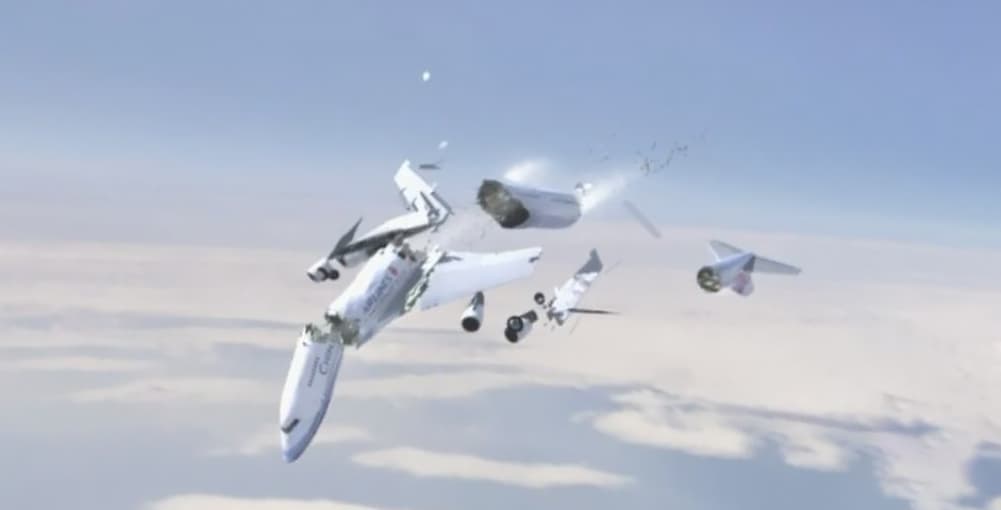Fracture accident in Engineering

(1) In 1969, during flight training, the left wing of a U.S. F-111 aircraft fell off and crashed, while it was performing a bomb dropping recovery exercise. Despite the fact that the flight speed, total weight, overload, and other indicators were significantly lower than the design indicators, the wing still detached from the aircraft.
An inspection and analysis revealed that the wing pivot was defective due to improper heat treatment during the manufacturing process. Despite missing inspections, the crack continued to expand under fatigue load, leading to low-stress damage.
(2) During World War II, the United States produced 2,500 free ships, out of which 700 were seriously damaged, and 145 were broken into two sections. Surprisingly, some of these incidents occurred in calm seas, despite the fact that all of the ships were made of high-strength materials.
After analyzing the causes of the damages, it was discovered that the stress at the welded joint was concentrated, and the impact toughness was reduced due to a drop in temperature, which made the ship’s structure vulnerable to fractures.
(3) The feline bridge in Belgium was broken into three sections in 1938.
… …
What is fracture mechanics?
A significant number of studies have indicated that brittle fractures are always caused by macro cracks, and for the most part, the existence of such cracks in structures is inevitable.
The strength of a material with cracks depends on the material’s resistance to crack propagation, which is determined by its internal properties.
The stress and strain field around the crack tip, as well as the crack propagation law, are studied using elastic and plastic theories and new testing technology known as fracture mechanics.
Process of component fracture
(1) Crack generation:
- Macro and micro cracks are generated at stress concentration points in a structure due to environmental factors such as fatigue, corrosion, stress, and temperature.
- Defects may exist within the material itself.
- Cracks can also occur during production and processing.
(2) Subcritical crack propagation:
Under the influence of the environment, the macro micro cracks gradually and slowly expand during the service of the component.
(3) Crack initiation:
Under the action of stress, the crack gradually expands to reach the critical length, and the component suddenly loses stability.
(4) Crack propagation:
Unstable cracks propagate at a high speed, which can reach 1 / 4 of the sound speed in the material.
(5) Crack stop:
After the crack is unstable, it can pass through the whole structure and destroy the structural parts;
Or the crack stops under certain conditions.
Classification of fracture mechanics
Fracture mechanics can be divided into macroscopic fracture mechanics and microscopic fracture mechanics, while macroscopic fracture mechanics can be divided into linear elastic fracture mechanics, elastic-plastic fracture mechanics, fracture dynamics, interface fracture mechanics.
Purpose of fracture mechanics
Fracture mechanics studies the different stages of the fracture process. Based on numerous experiments, it examines the fracture toughness of materials containing cracks and the laws governing crack generation, propagation, instability, and arrest. This field provides valuable insights for safer product design.


